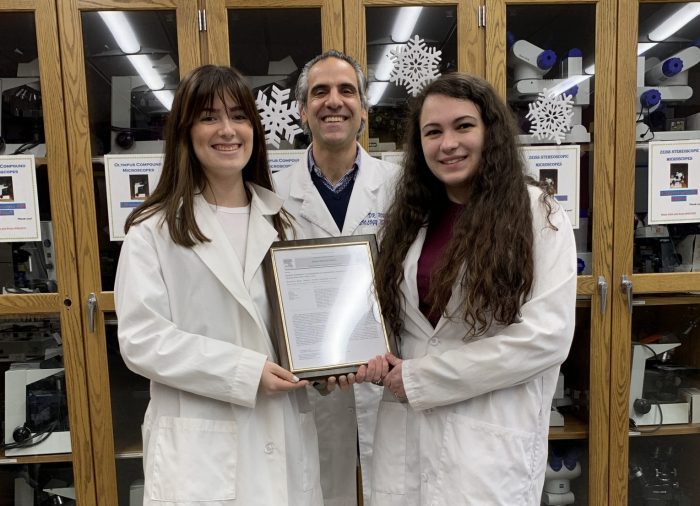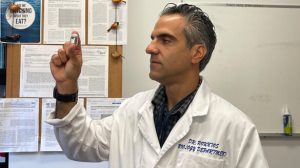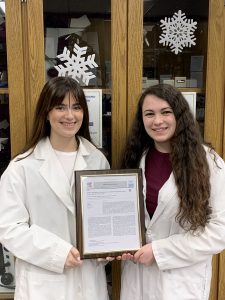By Rich Acritelli
Eric Strovink and his friend Eric Reichenbach are supporting the Suffolk County Police Athletic League Blue Line Rangers baseball teams.
Both well-known coaches and players, they are determined to teach high-level baseball at an affordable price. As costs for travel teams have risen, the league’s affordable approach stands out. For $1,000, these youngsters will receive the same quality of training as other similar programs that can set families back thousands a year. The league’s founders believe kids shouldn’t be penalized for family financial constraints.
Brett Engmann, a police officer who helps run the Police Athletic League for various sports and community programs, said, “It’s a shame that many capable players don’t get noticed because they can’t afford travel teams.”
“Kids who aren’t at tournaments aren’t being seen and have a lesser chance of playing in college. Regardless of family funds, this team offers an affordable way to play our pastime and gives kids an opportunity to play under tremendous coaching,” he continued.
The students are eager to compete against strong opponents, under the tutelage of coaches who are not only passionate about baseball, but also highly qualified.
Strovink batted .516 at Shoreham-Wading River High School, hit three home runs in a single game, and helped his team win the New York State Championship in 1987. He spent three years at Louisiana State University, where he befriended major leaguers Ben McDonald and Russ Springer. Strovink returned home to care for his ailing mother and played for CW Post, where he hit 17 home runs and drove in 52 runs, helping his team win a conference title.
In 1991, Strovink played a minor league season for the Texas Rangers. Over the next two decades, he coached travel and high school teams and directed clinics and lessons.
His two sons continue the Strovink baseball tradition. Brennan, an All-State standout, played and coached at Limestone University.
Kyle, an All-American catcher, later played at Limestone with his brother. Both sons now coach high school baseball teams. Kyle also coached at Princeton and Long Island University.
Reichenbach was one of the area’s finest pitchers and a runner-up for the Suffolk County Carl Yastrzemski Award. He was drafted by the Blue Jays in 1988, pitched at the University of Tennessee, and later transferred to St. John’s, where he became an All-American. Reichenbach played three years in the minor leagues for the New York Mets before becoming a teacher in 1996.
For years, Reichenbach led successful baseball teams at Mount Sinai High School, winning league titles, and the 2016 County Championship, among other accomplishments.
The pandemic was a setback for Mount Sinai, as the team had six Division I pitchers who missed the chance to chase a state title.
Reichenbach, who also guides travel teams and gives lessons, believes in the PAL baseball team’s mission to give back to local athletes and help them become better ballplayers.
These experienced local and college coaches will share their expertise with the mostly 15- to 16-year-old boys who will make up these teams. The Blue Line Rangers will play games on Long Island, at Diamond Nation in Flemington, New Jersey, and on Staten Island.
All baseball statistics and game accounts will be posted on the bluelinerangers.org website, where they can be seen by college scouts.
Both coaches say they are excited about this new travel team, which will have 15 players for the summer and fall seasons. All players are expected to complete 25 hours of community service. Strovink and Reichenbach aim to develop not just skilled ballplayers, but also responsible young men who contribute to their community.
On Oct. 12, the team will host a baseball showcase. Non-PAL players can participate for $99, while Blue Line Rangers members can attend for free. These young athletes will have the chance to play for scouts, from schools like Stony Brook, LIU and St. Joseph’s University.








